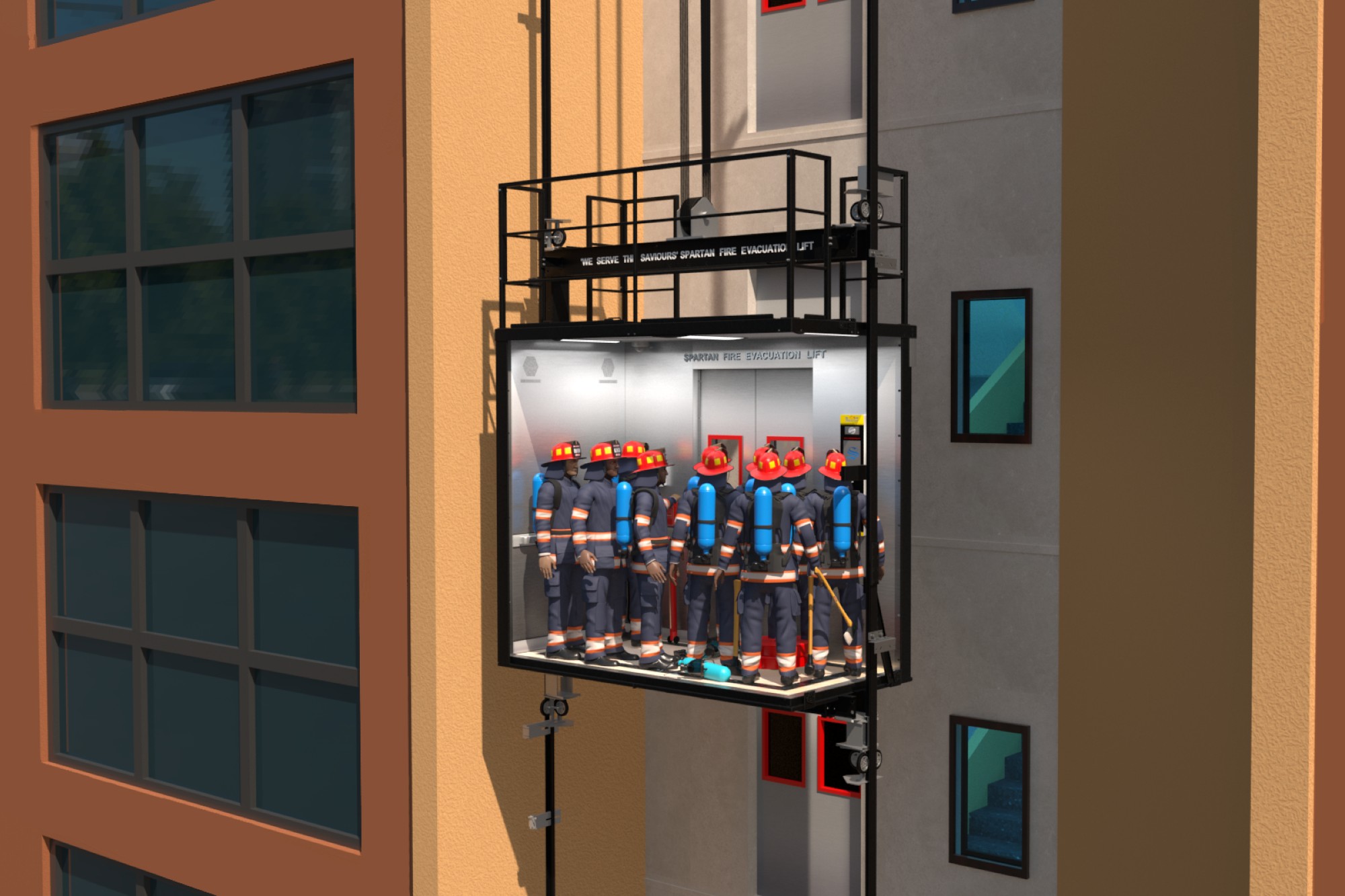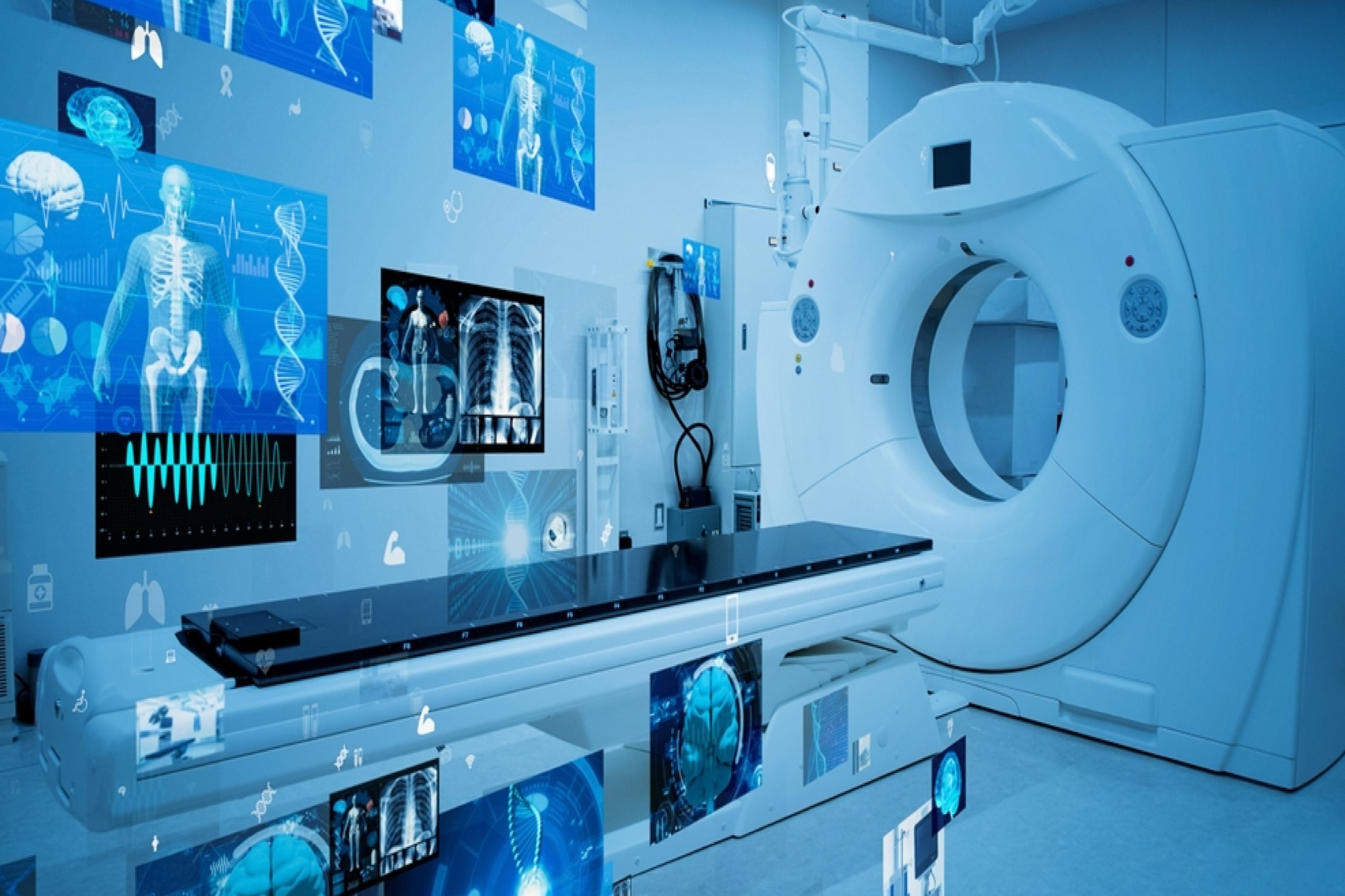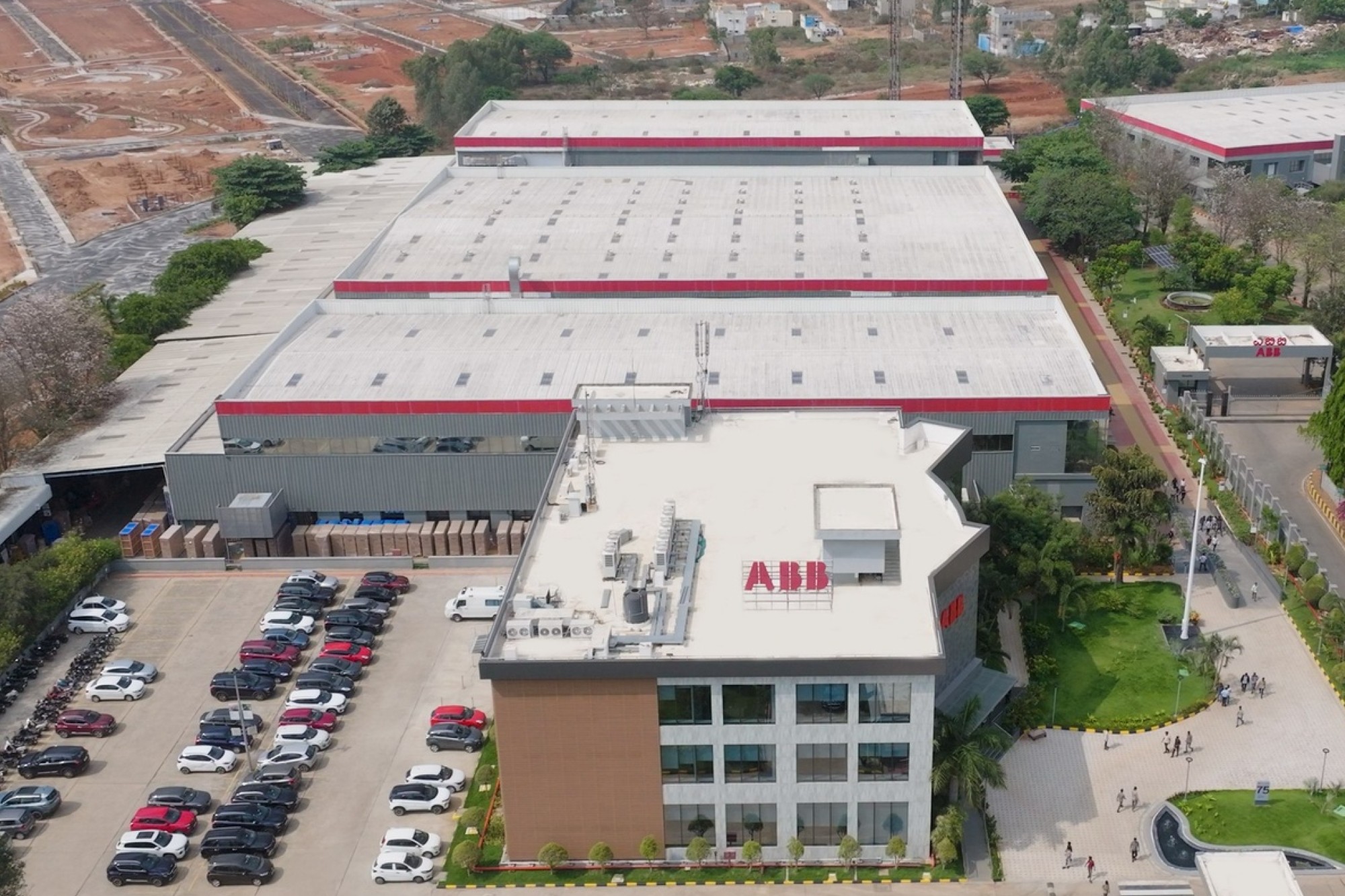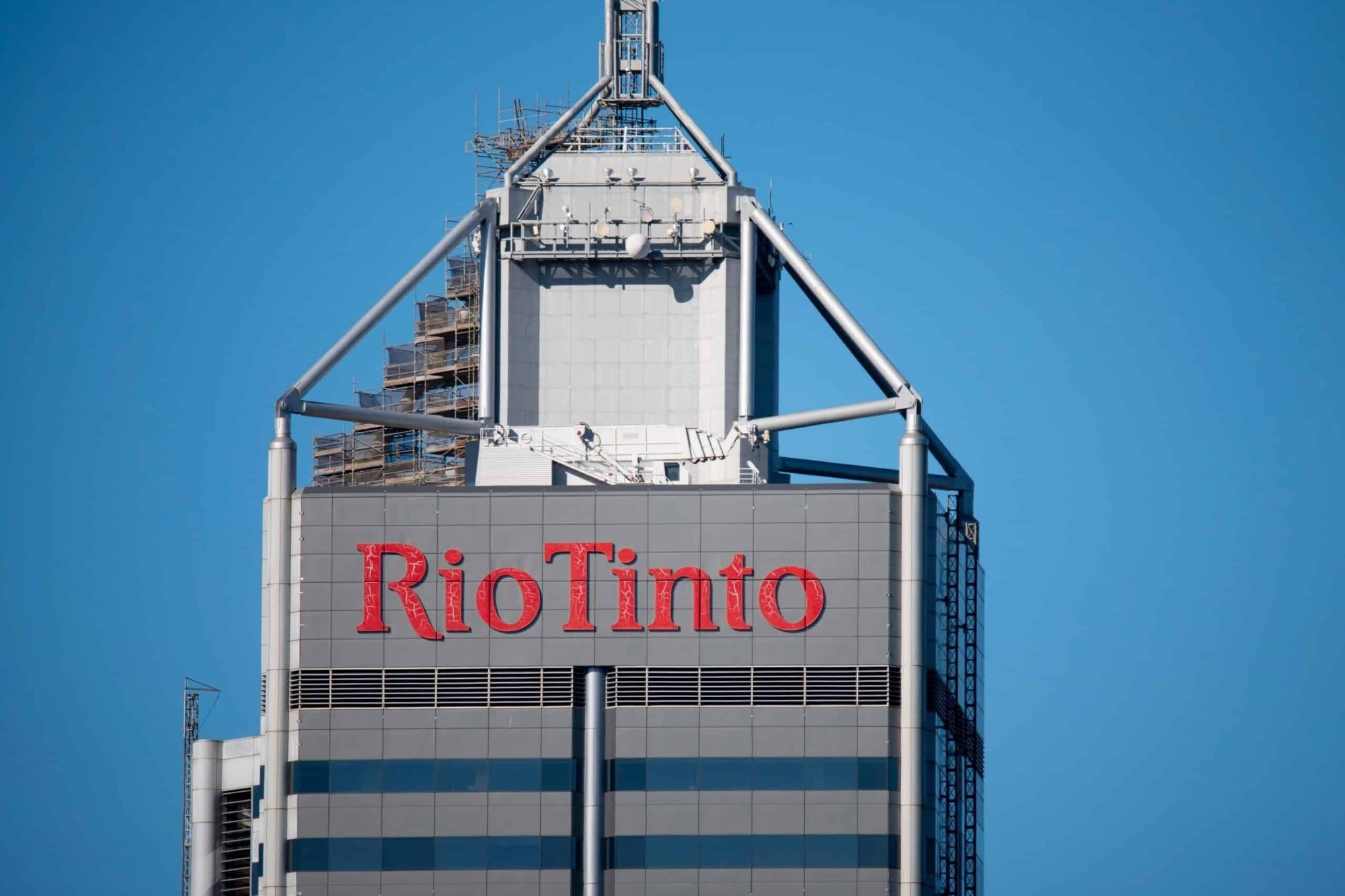Enhancing safety with an evacuation structure to prevent fire incidents
By OEM Update Editorial April 8, 2024 7:06 pm IST
The Union Ministry of Health and the National Disaster Management Authority urged states and union territories to take steps to prevent hospital fires this summer. An evacuation strategy is critical for saving lives and assets in hospitals. Fire evacuating elevators can greatly improve safety and efficiency in evacuation procedures.
Ahead of summer, as temperatures began to rise, the possibility of fires became the buzz of the day. This is not restricted to woodlands or residential buildings; hospitals pose a significantly greater risk. It is more difficult to efficiently remove patients and their families during fires. According to a 2020 study published in the International Journal of Community Medicine and Public Health, 78 percent of the 33 fires investigated in Indian hospitals between 2010 and 2019 were caused by electrical short-circuits or similar problems. That means that during the summer, due to the heat, the likelihood of such electrical catastrophes increases significantly.”
According to Dr. Vikram Mehta, an industry analyst, also known as the Fire Evacuation Man of Maharashtra, several clinics and hospitals are not complying with the fire safety measures despite the significant risk. However, the Union Ministry of Health and National Disaster Management Authority on Saturday directed states and Union Territories to take measures to prevent hospital fires during the summer. But, along with fire safety equipment, an evacuation plan is necessary to save lives and crores of assets and machinery in hospitals. During a fire emergency, having a well-defined evacuation framework in hospitals is crucial to ensuring the safety and well-being of patients, staff, and visitors. In the event of an emergency, the presence of fire evacuation lifts in hospitals can significantly enhance safety and aid in efficient evacuation procedures.
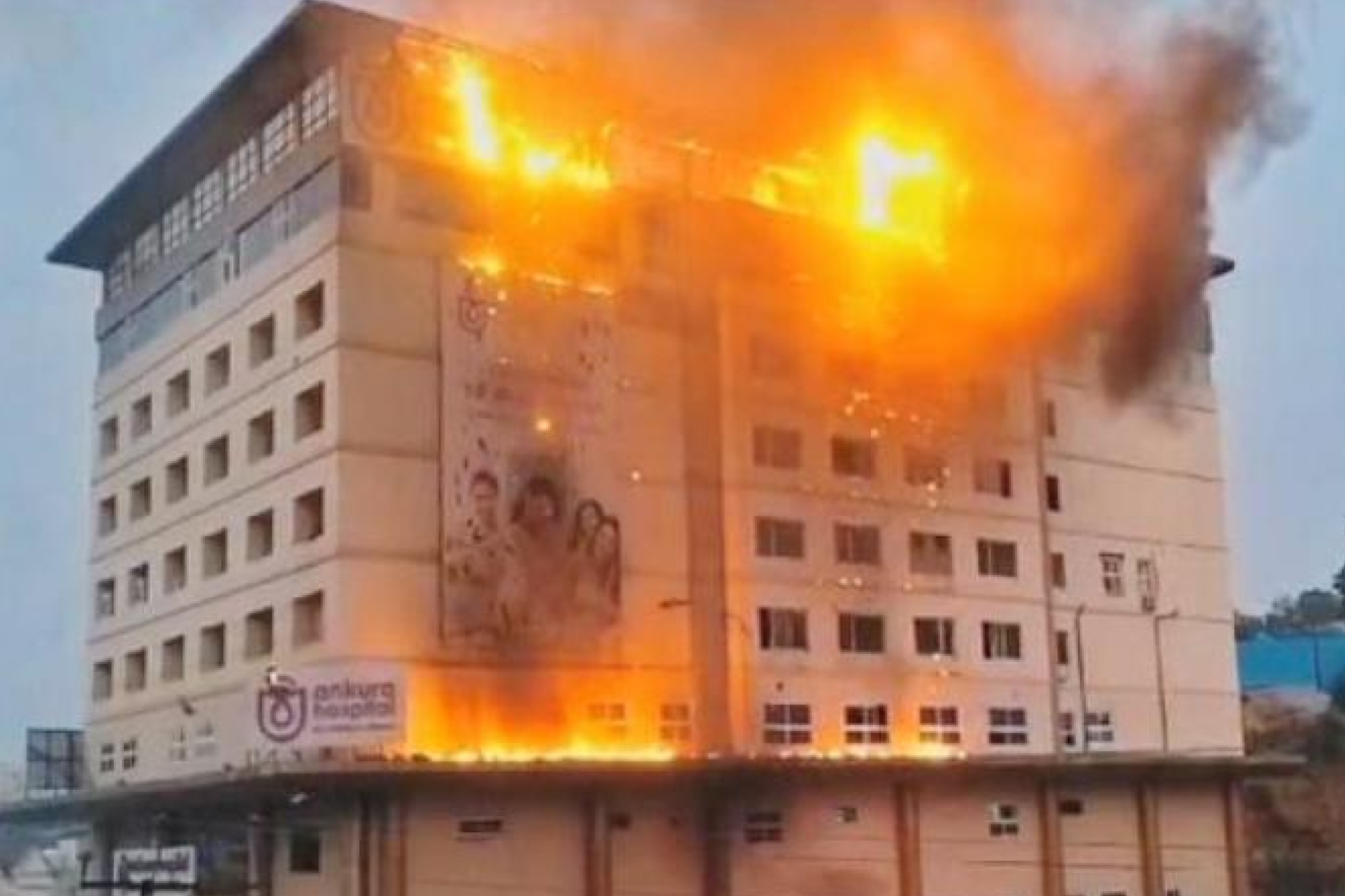
Measures contributing to improved safety are mentioned here in:
Rapid Evacuation: Fire evacuation lifts are designed to operate even during a fire, allowing for the swift and safe evacuation of patients, staff, and visitors stranded on different floors. Fire evacuation lifts offer a significantly faster means of escape compared to stairwells within fire towers. As per government norms, the Fire Evacuation Lift can evacuate around 90 to 100 people in 3o minutes.
Accessibility for Patients: Hospitals often house patients who are immobile or unable to use stairs, such as those in critical care units or with physical disabilities. Fire evacuation lifts provide a means to safely evacuate these patients from upper floors in the event of an emergency.
Isolation and Protection: Fire evacuation lifts are typically constructed with fire-resistant materials and equipped with systems to prevent smoke infiltration, providing a safe and isolated means of transport during an evacuation.
Reduced Reliance on Traditional Elevators: During a fire, traditional elevators are often rendered inoperable due to safety protocols. Fire evacuation lifts provide a reliable alternative, reducing the reliance on elevators that may not be safe to use during an emergency.Minimizing Chaos: In the event of a fire, panic and chaos can exacerbate the situation. An evacuation framework helps to minimize confusion by providing clear instructions and designated roles for staff and responders.
Protecting Hospital Infrastructure: A structured evacuation plan helps to minimize damage to hospital infrastructure, equipment, and supplies, preserving the hospital’s ability to continue providing care in the aftermath of the fire.
Emergency Communication Systems: These lifts are equipped with emergency communication systems, enabling constant communication between occupants and emergency response teams, ensuring a coordinated and efficient evacuation process.
Reliable in Adverse Conditions: Fire evacuation lifts are designed to operate even in adverse conditions, including power outages or mechanical failures. They are equipped with 30-minute backup power systems and emergency communication devices, ensuring their functionality when it matters most.
In conclusion, a comprehensive evacuation framework in hospitals during a fire is vital for safeguarding lives, coordinating emergency response efforts, and maintaining the ability to provide critical healthcare services even under challenging circumstances. The Fire Evacuation Lift; is a unique blend of architectural foresight, safety excellence, and cost-efficiency. It is a reliable solution for hospitals to carry out rescue missions faster and safer.
Cookie Consent
We use cookies to personalize your experience. By continuing to visit this website you agree to our Terms & Conditions, Privacy Policy and Cookie Policy.



